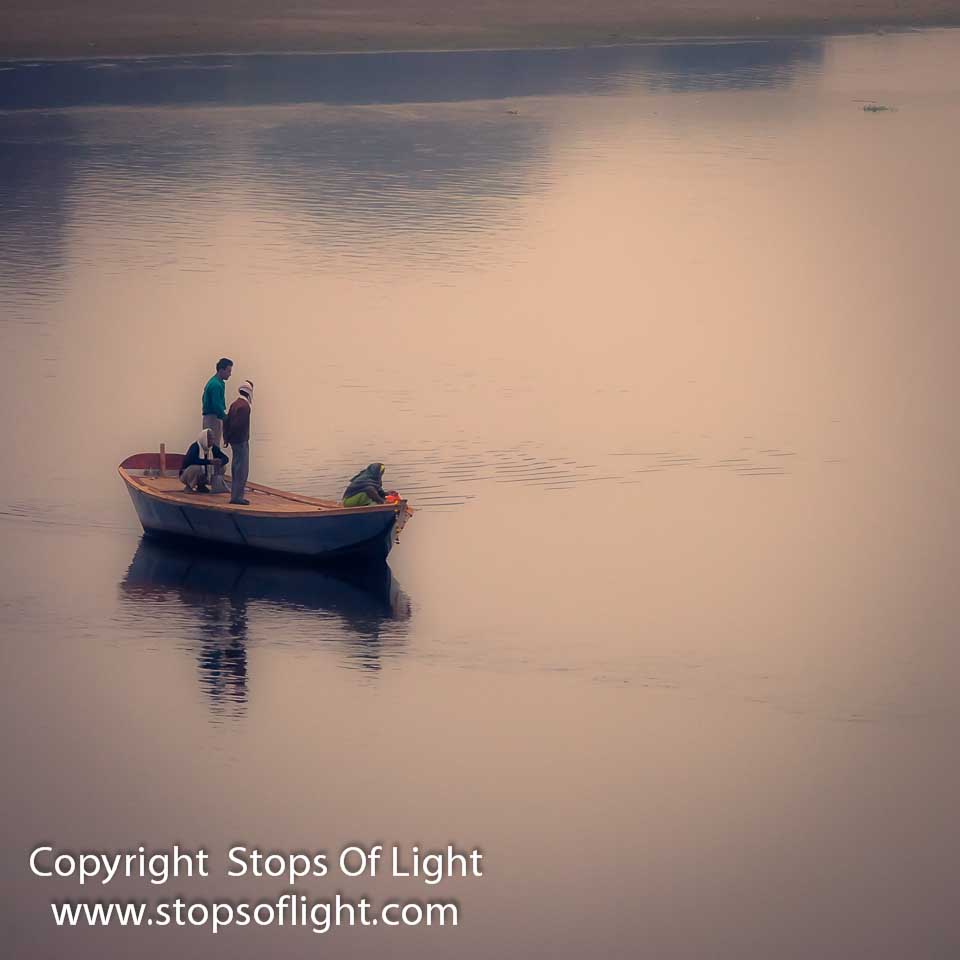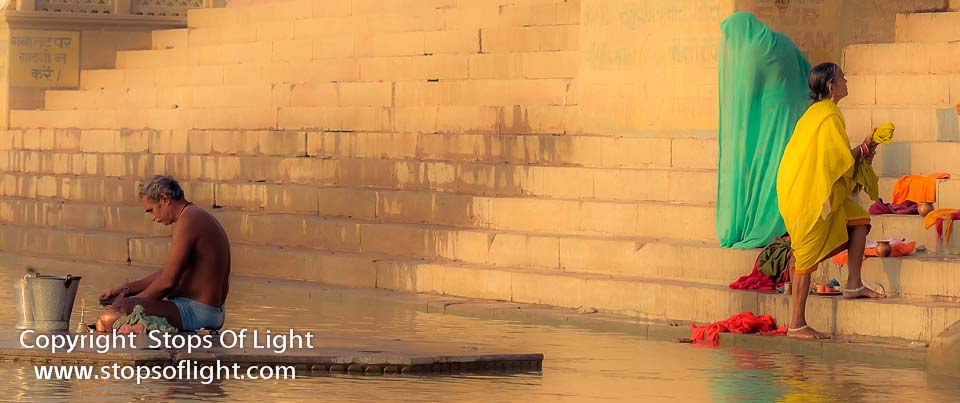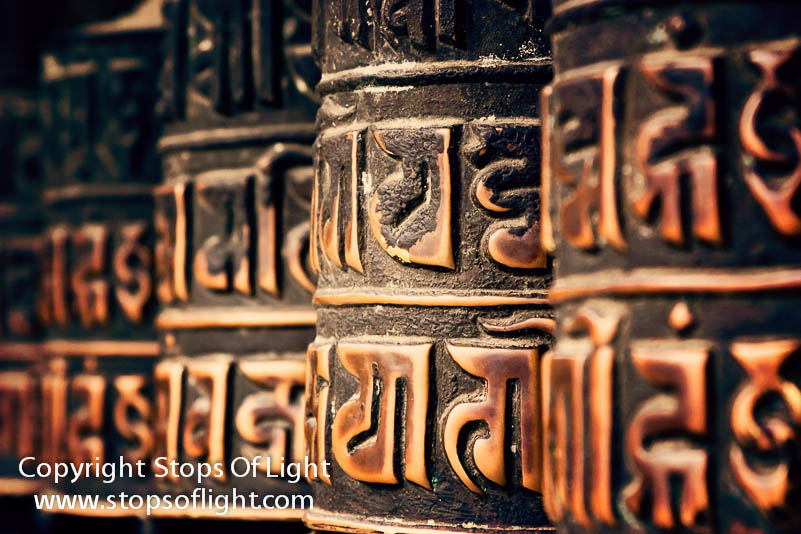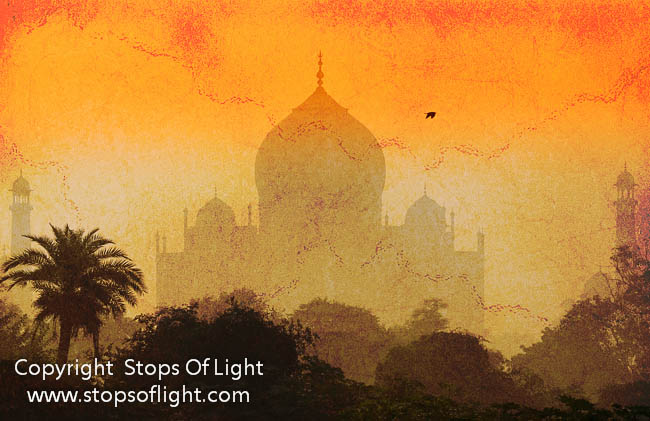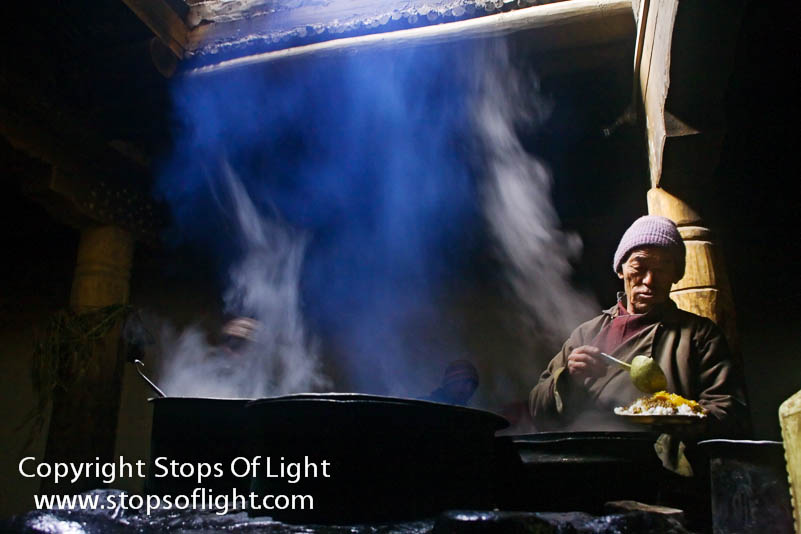[et_pb_section fullwidth=”on” specialty=”off”][et_pb_fullwidth_slider admin_label=”Fullwidth Slider” show_arrows=”on” show_pagination=”on” auto=”off” auto_ignore_hover=”off” parallax=”off” parallax_method=”off” remove_inner_shadow=”off” background_position=”default” background_size=”default” hide_content_on_mobile=”off” hide_cta_on_mobile=”off” show_image_video_mobile=”off” custom_button=”off” button_letter_spacing=”0″ button_use_icon=”default” button_icon_placement=”right” button_on_hover=”on” button_letter_spacing_hover=”0″] [et_pb_slide heading=”Boat on the River Yamuna, India” background_position=”default” background_size=”default” background_color=”#354a54″ image=”https://www.stopsoflight.com/wp-content/uploads/2013/11/2011-02-14__MG_2370.jpg” alignment=”center” background_layout=”dark” allow_player_pause=”off” header_font_select=”default” body_font_select=”default” custom_button=”off” button_font_select=”default” button_use_icon=”default” button_icon_placement=”right” button_on_hover=”on”]
“It is in looking too intensely at a thing that we often miss out the beauty of things around it.”
[/et_pb_slide] [/et_pb_fullwidth_slider][/et_pb_section][et_pb_section][et_pb_row][et_pb_column type=”1_3″][et_pb_image admin_label=”Image” src=”https://www.stopsoflight.com/wp-content/uploads/2013/11/WP608-2011-02-14__MG_2370.jpg” show_in_lightbox=”on” url_new_window=”off” animation=”left” sticky=”off” align=”left” force_fullwidth=”off” always_center_on_mobile=”on” use_border_color=”off” border_color=”#ffffff” border_style=”solid” /][/et_pb_column][et_pb_column type=”2_3″][et_pb_text admin_label=”Text” background_layout=”light” text_orientation=”left” use_border_color=”off” border_color=”#ffffff” border_style=”solid”]
The Making of “Boat on the River Yamuna, India”
Yes, the reason for visiting Agra is to photograph the Taj Mahal, but in focusing too much on the Taj, many a visitor often misses out the visual wonders to be found around it. Like this boat on the river for example.
Just behind the Taj runs this river. And for centuries has the ferryman plied his trade here, ferrying passengers from one bank to the other. Nothing extraordinary about it, not until you look at it with different eyes.
What caught my eye was the play of light, the expanse of space, and the relative stillness of the scene that presented itself to me. The ripples in the water were few and far between – there was a sense of balance and harmony even as the players in the scene played out their respective roles. Click! And the image was made!
In post-processing I chose to give an impressionist feel to the image, while cropping it to a square format; the better to give it a feeling of balance and harmony.
Another image that ranks as a favourite, this one! Brilliant play of light, gorgeous tones, subtlety of lines… printed on canvas, this fine art print comes across as an impressionist painting.
[/et_pb_text][/et_pb_column][/et_pb_row][/et_pb_section]
